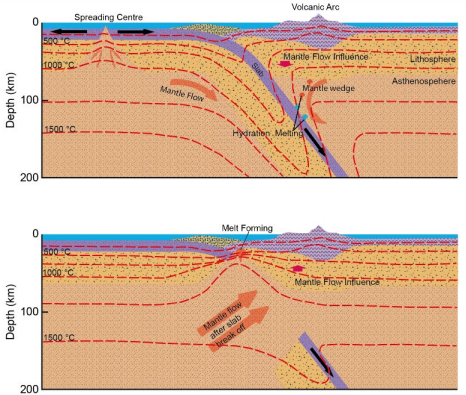The thesis “Has the formation of a slab window below the Antarctic Peninsula controlled its topographic evolution?” broadly investigates the spatial and temporal changes in rock uplift and exhumation along the Antarctic Peninsula to understand how and when its high elevation developed.
This research is essential for testing tectonic models and understanding the elevation history as a precursor to ice nucleation and expansion in the Cenozoic era. It employs techniques like apatite (U-Th)/He and apatite fission-track thermochronology to analyse geological samples, aiming to delineate the processes and timing that have shaped the peninsula’s topography through geological time.
In the thesis, the Hiden DLS-1 instrument was employed as a replacement for an older mass spectrometer due to its newer technology and improved sensitivity. The Hiden DLS-1 was used as a residual gas analyser within the helium extraction system. This device plays a critical role in detecting gases that are outgassed from samples under study, which is crucial for the isotopic and abundance measurements used in the geological and environmental analyses detailed in the thesis.

Figure 1.3: Slab window formation following spreading ridge collision.
(A) spreading centre approaching trench (B) post collision, the oceanic plate has stalled but the slab continues to descend.
Pink arrows shows mantle flow influence on surface topography (Freeburn et al. 2017).
The DLS-1 was integrated into a system that required several stages of automation and control, involving complex sample processing and the measurement of helium isotopes. The instrument was part of an upgrade to improve the detection and analysis capabilities of the lab’s existing equipment, aiming to overcome the limitations of the older mass spectrometer that was losing sensitivity due to its age.
The Hiden DLS-1 was chosen for its ability to fit into the existing system with relatively minor modifications, providing enhanced performance in detecting low concentrations of helium isotopes. This capability is critical for the precise geological dating techniques discussed in the thesis.
View Thesis: Click Here
To find out more about this product visit the DLS-1 product page or if you would like to contact us directly please Send us a Message.

